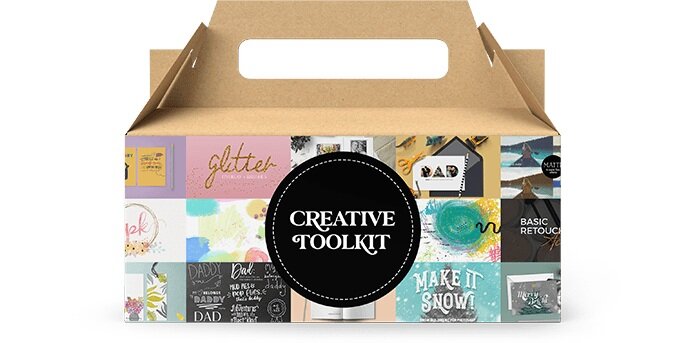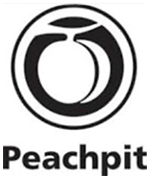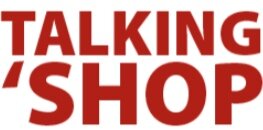Mastering Photoshop
/Whether your photo processing style is minimal and more natural, or whether you're a fan of extreme digital effects—Photoshop is part of your digital photo life. And if you're new to the world of digital imaging, you may be wondering how in the world you can get a grip on the basics (let alone the various nuances that make Photoshop the software bohemeth that it is)? Messing around and exploring on your own is great, but it only goes so far. After all, Photoshop is one seriously sophisticated piece of software!
I started my learning process 10+ years ago with an old, enormous, 1000+ page book called "Inside Photoshop 6." (It could possibly win the award for the worst cover design of any book I've ever seen. Don't judge!). As I carefully worked my way through each exercise (even the ones that looked less than exciting), I made a point to explore the why behind what the author was having me do, rather than mindlessly clicking along without much regard to what was actually happening. In other words, it's easy to work your way through even the best of educational books and come out knowing little more than when you started if you don't pay attention to the why behind the process. Using your critical thinking skills while you work through the exercises in any book will help you learn to "think" like Photoshop, understanding not just where to click... but how, when, and of course—why.
Of course, we've moved quite a bit past Photoshop 6 (currently with CS5, the equivalent of Photoshop 12), and my beloved book that first introduced me to the wonders of Photoshop is now pretty outdated (which also means it's cheap... you can get it on amazon for as little as $0.01!). Thankfully, other incredible authors like Deke McClelland have put together more recent books like "Photoshop CS5 One-on-One," which I highly recommend and use as the text book for the various classes I teach.
After pouring my way through books, I moved on to other awesome learning materials like Photoshop User Magazine and website. Super guru and genius Scott Kelby leads the charge as well-known Photoshop trainers, writers, and artists pool their knowledge together into a one-of-a-kind educational magazine with an incredible online component.
For $99/year you get 6 issues of the tutorial stuffed magazine, access to their vast collection of online resources and tutorials, a direct phone number to their Photoshop help desk, and—free shipping from B&H (among other benefits!). If you use this link and enter the code FRIEND, you'll also get the "Best of Photoshop User: 12th Year DVD" free!
All these years later, I still subscribe to the magazine and am continually amazed with each issue.
My advice to newbies is: learn as much as you can about every aspect of Photoshop. Work your way through as many lessons and tutorials as you can, even if you don't particularly care for the specific example or final outcome. Your goal should be not just to learn how to set text on fire or create the illusion of molten lava, etc., but to understand the various available functions, commands, and techniques and how you can use them to suit your fancy whenever the spirit moves you. Many of the same techniques can be applied in different genres whether you're a mixed media collage artist or a portrait photographer.
Sometimes, the best thing you get out of a tutorial is a by-product of the lesson itself. Discovering a new way of doing something, a command you'd never noticed before, or a simple keyboard shortcut you'd somehow missed previously. The more you read, the more broad your knowledge becomes.
If you're anxious to play but are stuck for ideas, check out the contests and galleries at Worth1000. They have assignments and Photoshop competitions for users of all levels. It's sure to inspire some exciting pixel play.
Enjoy!


























